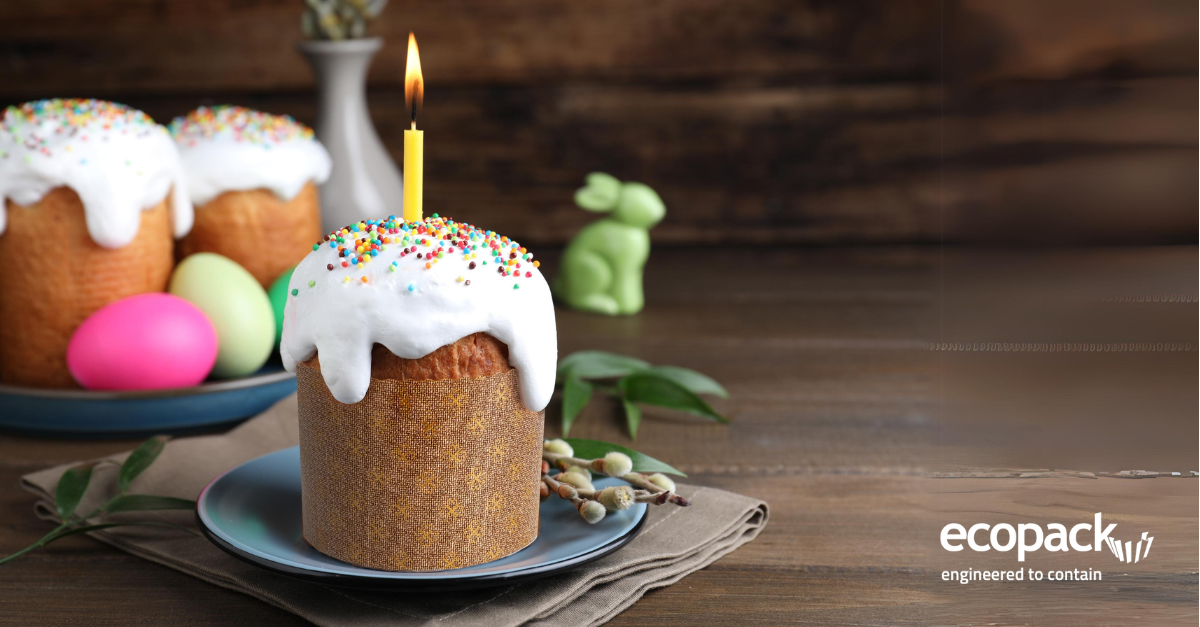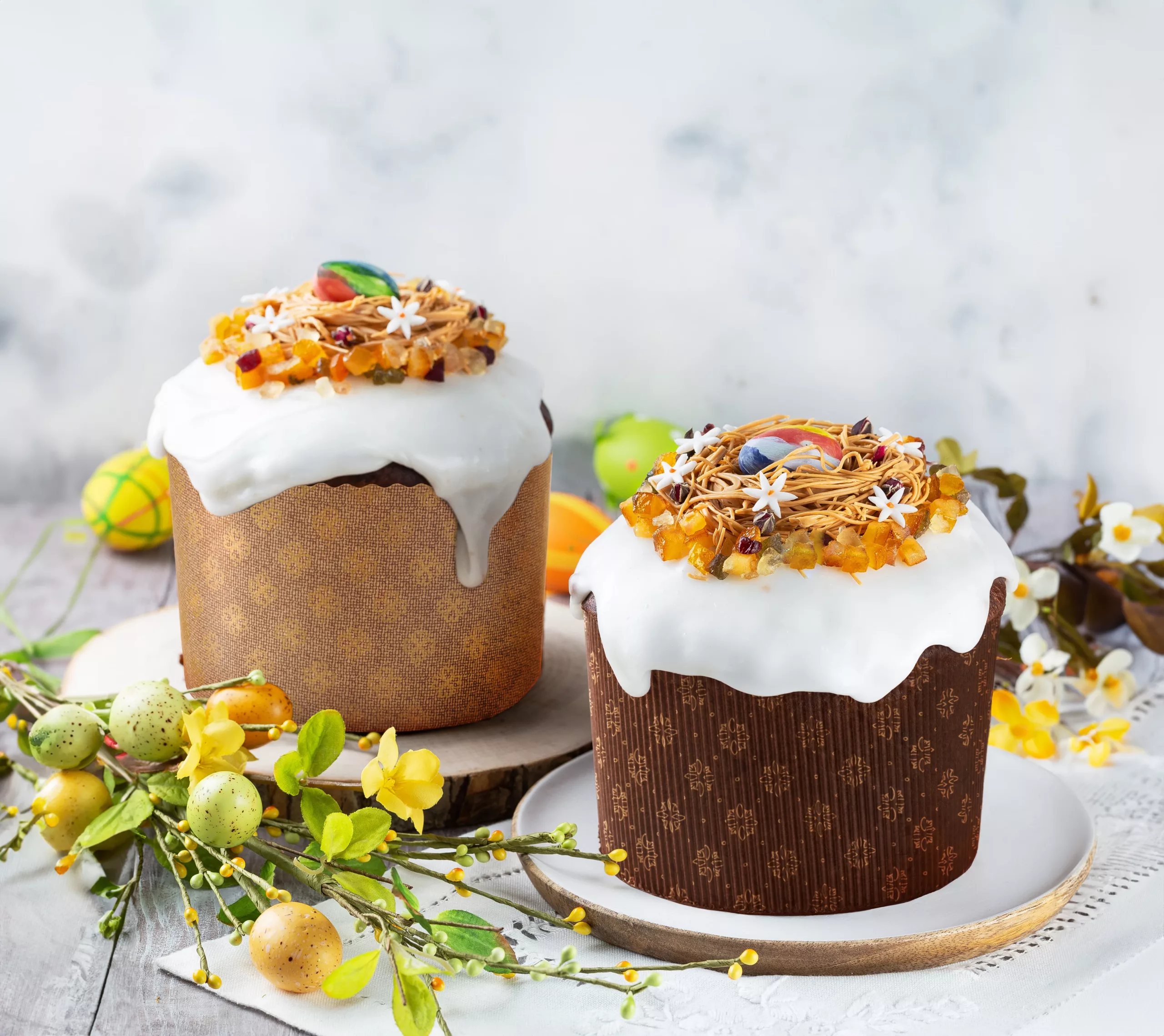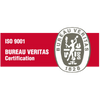3.7 min read
Kulich mould and Orthodox Easter, a different use of panettone mould

Orthodox Easter, also known as Pascha, is a religious holiday for many Eastern Orthodox Christian communities worldwide, and the kulich mould is the protagonist.
It usually falls on a different date than Western Easter, because it’s calculated using the Julian calendar, instead of the Gregorian one. The holiday commemorates the resurrection of Jesus Christ and is celebrated with religious services, festive meals, and a variety of traditional foods.
The main attributes are church candles, willow twigs, painted eggs and, of course, a festive Easter cake.
Orthodox Easter Traditions
While every culture has slightly different traditions, some of them are fairly shared among cultures that celebrate Orthodox Easter:
- For seven weeks, or 40 days, up to Easter, orthodox Christians fast to purify their bodies avoiding sweets, but also meat and animal products; and their minds, by avoiding swearing and evil thoughts.
- Orthodox Easter is marked by special church services, including the midnight service that symbolizes Christ’s resurrection. Congregations gather in churches with candles, singing hymns, and participating in processions. People usually greet each other with the Paschal “Christ is risen!” and respond with “Truly, He is risen!”
- Holy Week: The week leading up to Easter is called Holy Week, during which various ceremonies are held to remember Christ’s final days, crucifixion, and resurrection.
- Of course, traditional foods: Orthodox Easter is celebrated with a grand feast after a period of fasting. Foods such as eggs dyed red (symbolizing Christ’s blood), traditional breads and cakes are served.
The Traditional Easter Cake in a Kulich Mould
One of the traditional foods associated with Orthodox Easter is a type of cake called kulich, a rich, sweet bread similar to panettone and is often baked in a tall kulich mould.
Eaten usually after the midnight Easter celebration, it celebrates the end of fasting, and the ingredients include flour, eggs, sugar, butter, milk, yeast, vanilla, and also raisins, candied fruit, or nuts, but also spices like cardamom and saffron.

Want to try Kulich?
Preparation
Start by activating the yeast in warm milk with a bit of sugar, then combine the mixture with flour, eggs, sugar, melted butter, vanilla, and any additional flavourings, such as cardamom.
Knead the dough until it becomes smooth, and elastic: then add raisins, candied fruit, or nuts and knead them into the dough. Place the dough in a warm place to rise for a few hours, until it has doubled in size. Once the dough has risen, place it in a kulich mould: it should be tall and narrow to give the bread its distinctive shape.
Baking and Decorating
Bake the kulich in a preheated oven until it turns golden brown, and a toothpick inserted in the centre comes out clean. Once the kulich is cooled, it is traditionally topped with a simple icing made from powdered sugar and water or egg white. Sometimes it is also decorated with colourful sprinkles.
An interesting fact
On Holy Saturday, on the eve of Easter, people go to church to consecrate the Easter cakes and other treats – they carefully put everything in a wicker basket with a special Easter towel, a candle and decorate everything with an artificial or live flower. In the church, the priest sprinkles all this with holy water when he reads a prayer.









